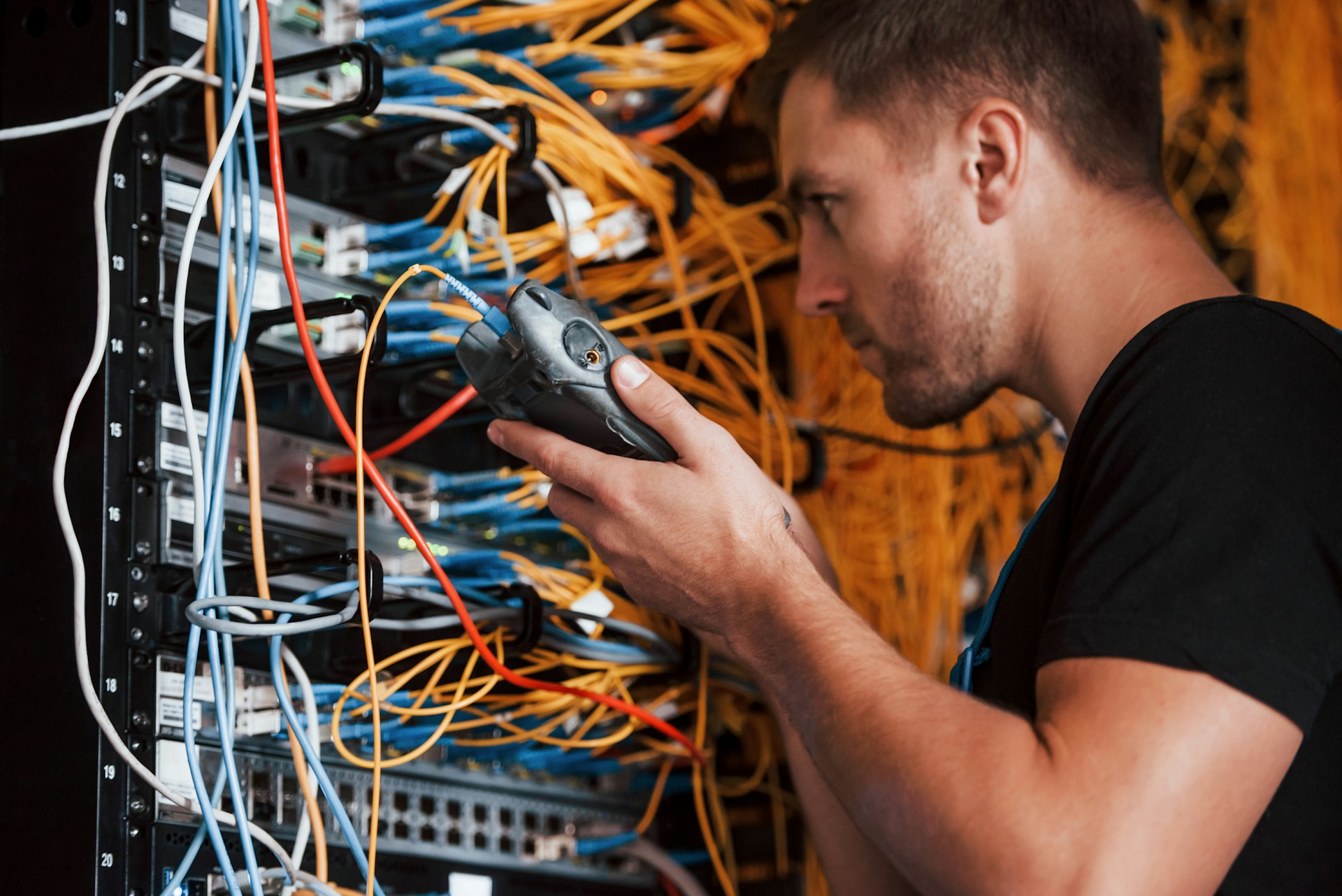Moving server rooms can feel like relocating an intricate puzzle. It's not just about taking equipment from one place to another; it's about maintaining the heartbeat of an organization without missing a beat. For IT departments, this task requires detailed planning and careful execution. The server room, often the hub of all operations, is vital to keeping business processes smooth and efficient. Understanding how to relocate these critical components can make the difference between a seamless transition and a technical headache.
Proper planning helps IT departments manage such a complex move. By organizing everything in advance and paying attention to each detail, the relocation process turns into a structured event rather than a chaotic day. Thinking through each step, from identifying necessary equipment to ensuring data security, allows for a move that feels more like a strategic chess game than a spontaneous decision.
Preparing for the Move
Preparation is key when tackling a server room move, and it all starts with creating a comprehensive inventory. Knowing exactly what equipment and components you have ensures nothing is overlooked. This means listing everything from servers and cables to racks and cooling systems. Such an inventory acts like a road map, guiding the entire process and helping to prevent potential mishaps.
Next comes crafting a detailed timeline. This timeline isn't just a simple calendar entry; it’s a playbook. Schedule every move down to the hour, allowing for tasks such as unhooking equipment and packing it safely. By setting specific deadlines, you can coordinate tasks efficiently, keeping everyone informed and ready to act.
Communication is another crucial element. Inform staff early about the move and its potential impact on operations. Arrange for IT support to be on standby throughout the downtime. Ensuring there's a plan for when things don't go as expected is also vital, as it helps minimize any disruption. Having a team ready to troubleshoot ensures a swift resolution to any unexpected challenges.
- Inventory equipment and components.
- Create a comprehensive timeline detailing the move.
- Inform staff and arrange for IT support during downtime.
- Set clear communication channels to address issues promptly.
Through careful preparation and communication, IT departments can manage server room relocations effectively, turning an intimidating task into a structured and manageable event.
Ensuring Data Security
Data security should be at the forefront when relocating a server room. It’s crucial to back up all data before the move, treating it like securing precious cargo. This step ensures that no critical information is lost, even if equipment encounters unexpected issues during transit. Once that's set, think about how to safely transport sensitive information. Use encrypted storage devices or secure online transfers to shield data from unauthorized access during the move.
After physically moving the equipment, plan for network security in the new location. Check that firewalls are configured correctly and antivirus software is updated. By doing so, you prevent vulnerabilities from being exploited while the systems are being reconnected. If people think of data as valuable treasure, then during a move, it’s like protecting it with a lock, key, and even a guard dog!
Physical Moving Logistics
The logistics of physically moving server equipment is a critical part of the process. Start by labeling and organizing all components for easy identification. This step makes reassembly smoother and avoids any confusion when setting up in the new location. Once everything's labeled, focus on the transportation phase. Ensure your equipment is packed securely to prevent any physical damage to delicate parts.
Think of this process as organizing pieces of a jigsaw puzzle. Each part must fit perfectly into the new setting. Plan the physical layout in the new server room beforehand, making sure there's ample space for airflow and maintenance access. This careful arrangement helps maintain an efficient and safe environment for your servers to run optimally.
Reassembling and Testing
Once everything arrives at the new location, the reassembly phase begins. Follow your planned layout to set up equipment where it belongs. Pay close attention to details to ensure every connection is correctly made. After setup, move on to testing each system’s functionality and connectivity. This helps ensure everything is back online correctly and working as expected.
Troubleshoot promptly if any issues occur. Having a team member knowledgeable in IT support can help quickly resolve these problems, minimizing any potential downtime. Like with rebuilding that earlier puzzle, attention to detail is crucial here. Each piece connects with another, and any misstep can hinder the whole process.
Smooth Transitions for Your Server Room Move
Successfully relocating a server room requires meticulous planning, attention to detail, and a comprehensive approach. By focusing on these steps, from protecting data integrity to carefully planning the physical move, you help ensure a smooth transition. In the end, the benefits of this careful execution speak for themselves, allowing business operations to continue without a hitch. Through informed decisions and strategic planning, you effectively transform a daunting task into an achievable goal.
For a flawless experience in relocating server rooms, consider partnering with experts in the field. Smooth and efficient transitions are important for maintaining constant business operations. Trust Happ Movers for your next commercial moving project. Let us manage the complexities of server relocation so you can focus on what you do best.

